
Matias Jaramillo
Dealer of Capitalism
I like to think, make and consume ads.

Advertising portfolios are a complicated subject—complicated because advertising is a collaboration of many different voices. There is not really a unique and original creator. There are checks and balances that keep the ball moving forward and allow a commercially funded idea to become reality.
The work I share here was all devised in collaboration with colleagues, clients, and producers. I was lucky to be there at the right time, with the right ideas, thoughts, and suggestions.
I will try to be brief in explaining my contribution to each project, but if I go long, remember that I am an advertising and media nerd.


Pollo Campero
Creative leadership for Pollo Campero at Dieste agency, developing US market presence through 500+ original social media content pieces and comprehensive marketing campaigns. Transformed the creative approach, maintaining a 7-year partnership and growing revenue to seven figures.
During my time at Dieste, we developed a number of successful marketing campaigns that helped to introduce Campero to new audiences and build a strong brand presence in the US market. It is worth noting that Campero targeted a general market audience and was not a Hispanic-focused brand. I'm really proud of the work I did to help evolve the brand into a more accessible one in the US market.
In my six years as creative director, I created over 500 pieces of original organic content and helped the brand launch new products and promote new restaurant openings. I also managed all aspects of the brand's marketing communication, from online video to in-store displays. As creative director for Campero, I focused on delivering relevant work in a rapidly changing media landscape. This meant adapting the brand to culture and media consumption, a challenging task for a young brand defining its US market position.
500+
Pieces of Original Content
320%
Engagement Growth
During my tenure, we became content creators, producers, and post producers, not just art directors or copywriters. This transformative approach was rewarding, allowing us to be more creative and innovative, and understand the marketing landscape. Campero retained Dieste as its creative agency for 7 years, and our exceptional work translated into a yearly increase of work scope, growing into a seven-figure revenue stream.

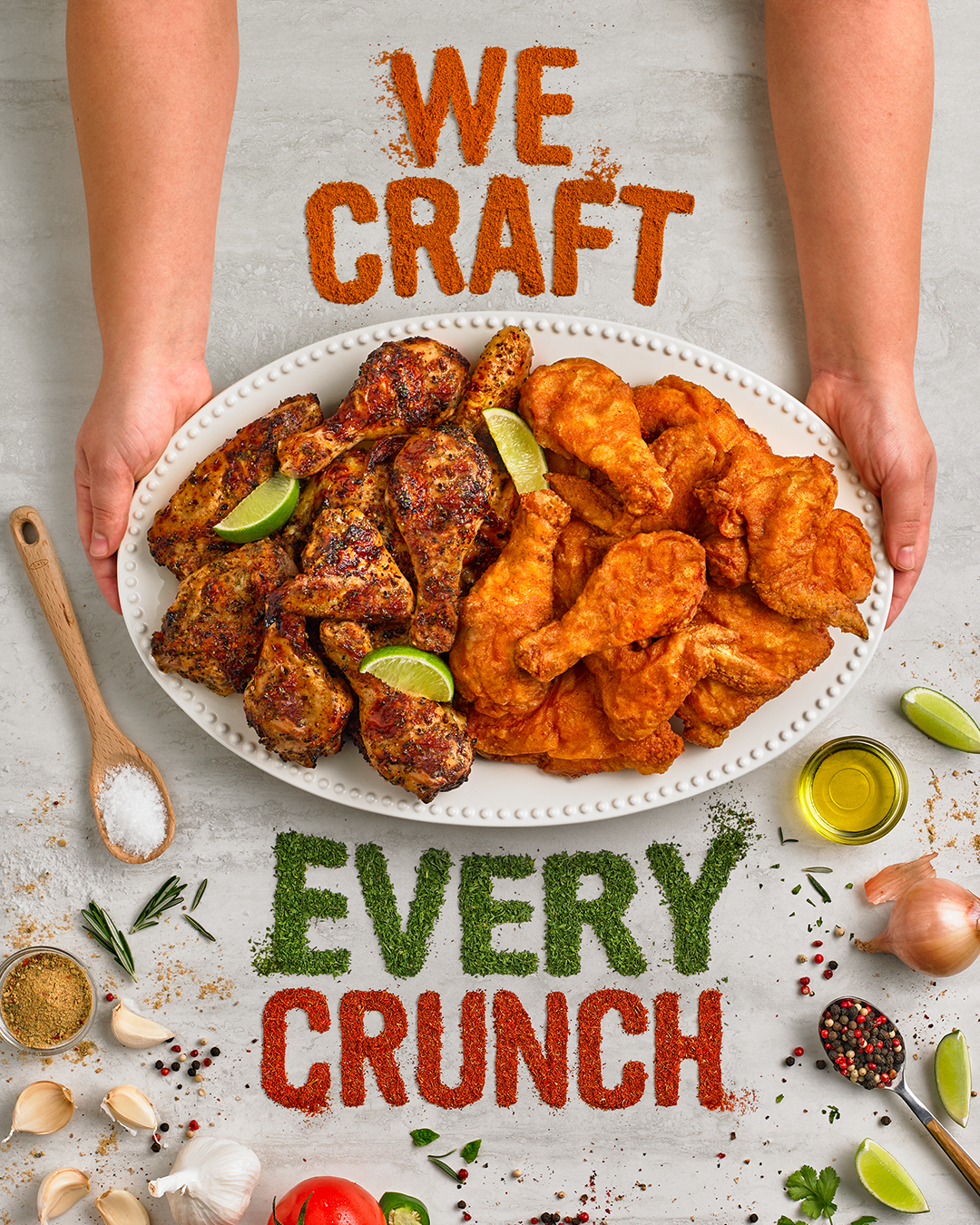
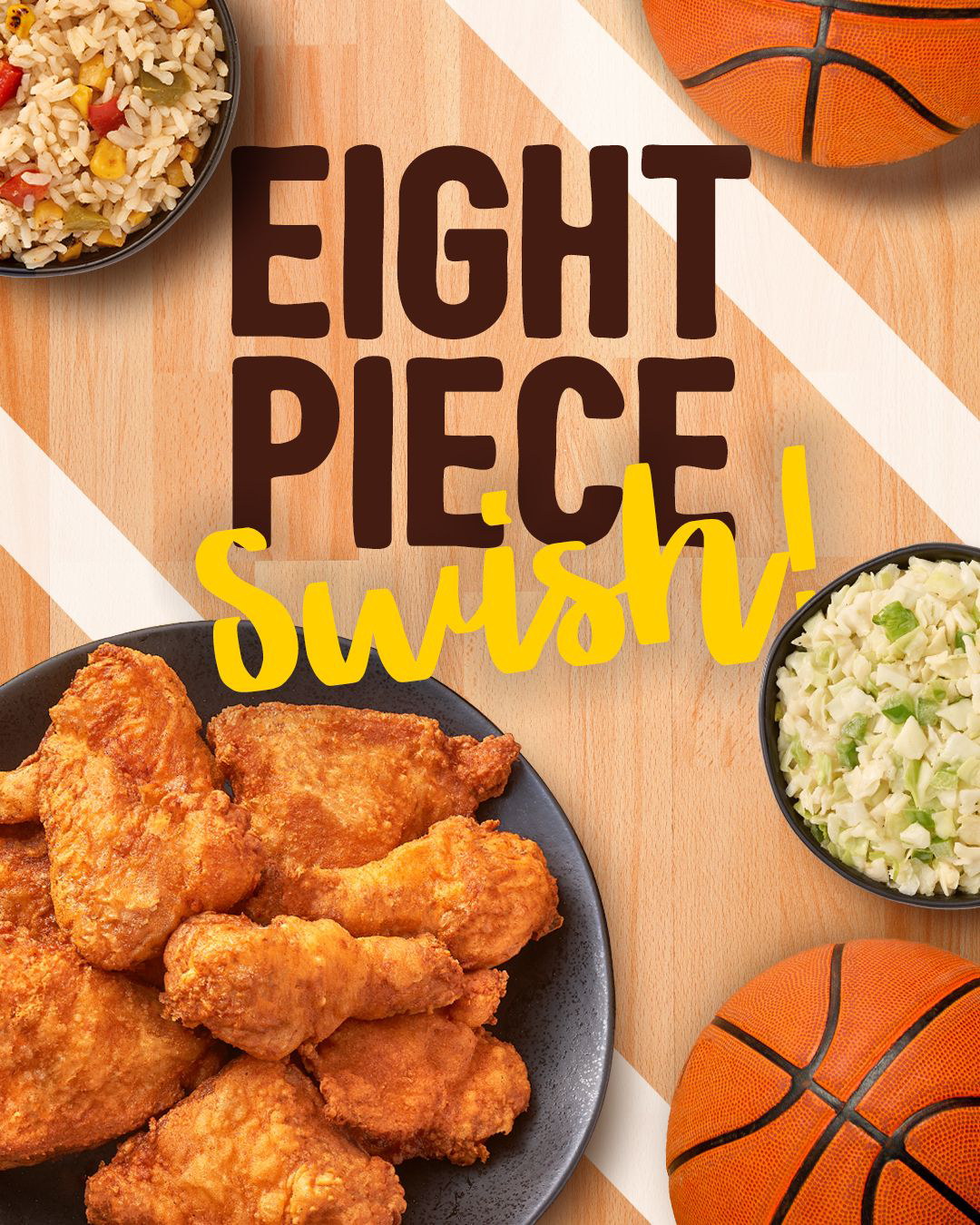

Shequel
This project reimagined classic literature with female protagonists during the #MeToo era, transforming Verne's adventure into "The Adventures of Phoebe Fogg." By distributing 1,000 copies to Dallas schools, our advertising initiative became a cultural statement promoting inclusive storytelling for future generations.
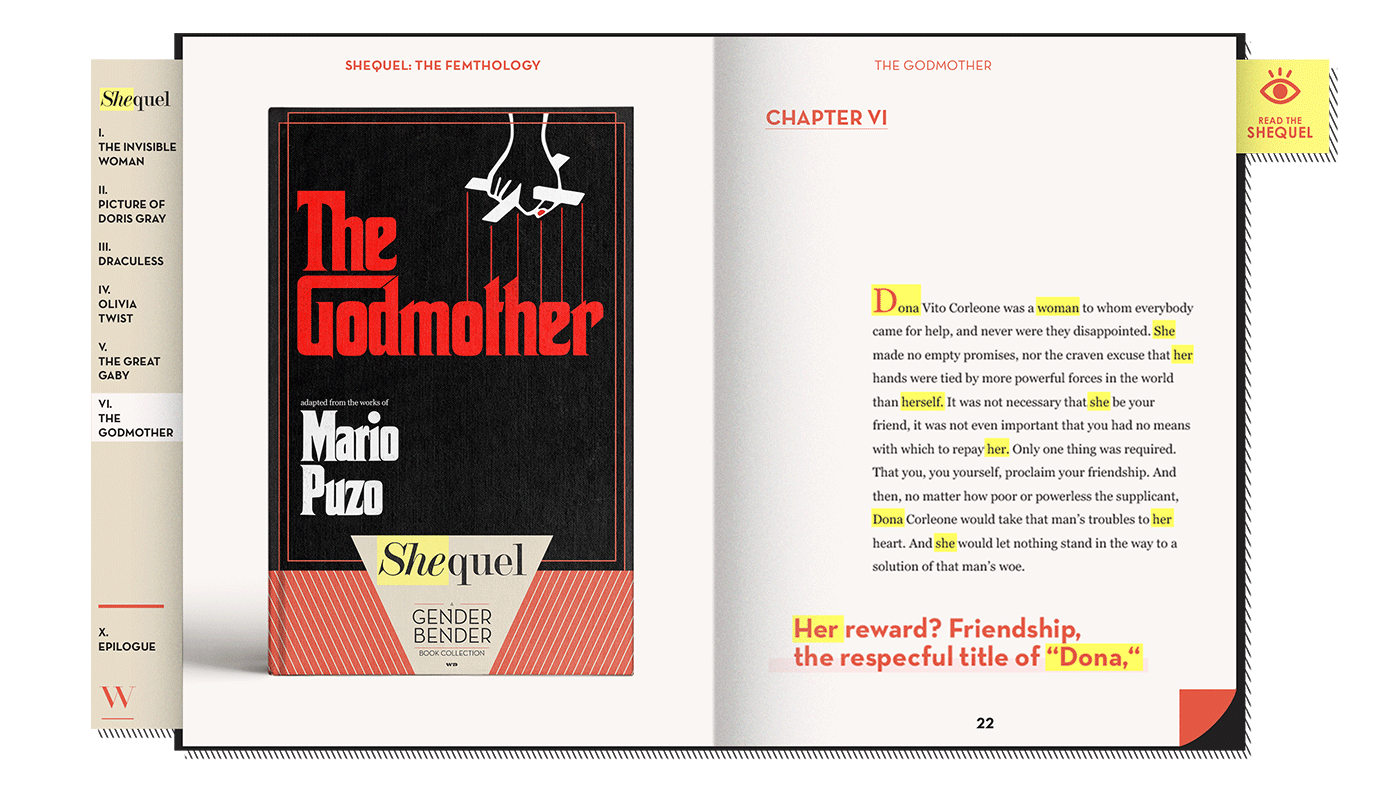
Our passion project brought literary classics to life with a fresh perspective - reimagining timeless stories with women taking center stage. This gender-transformative book collection was born from creativity and purpose.
My then boss, Ciro Sarmiento, had tasked me with pitching ideas that could follow in the footsteps of the successful Litbaits project. Inspired by a thread on Reddit about fans altering or adding to the stories they loved, I proposed the idea of taking classic works that were free of copyright and rewriting them from the perspective of a female main character.

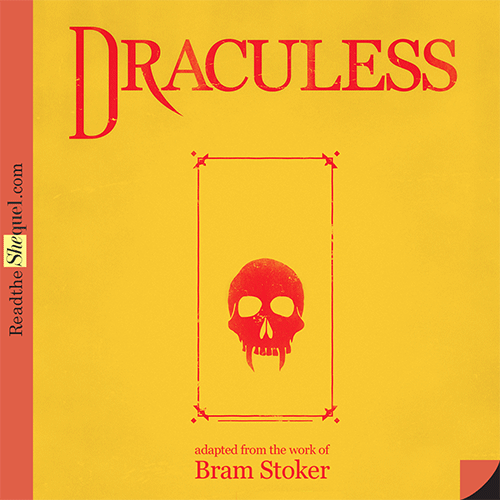
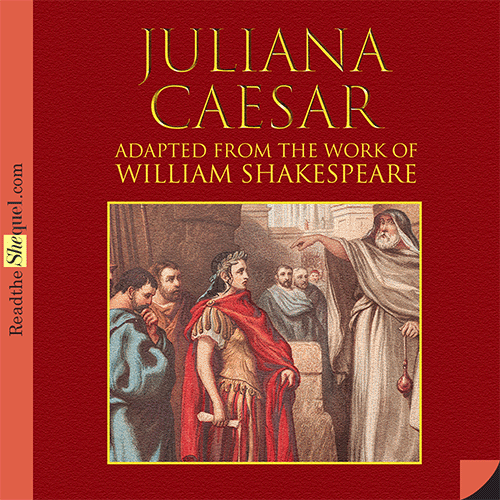


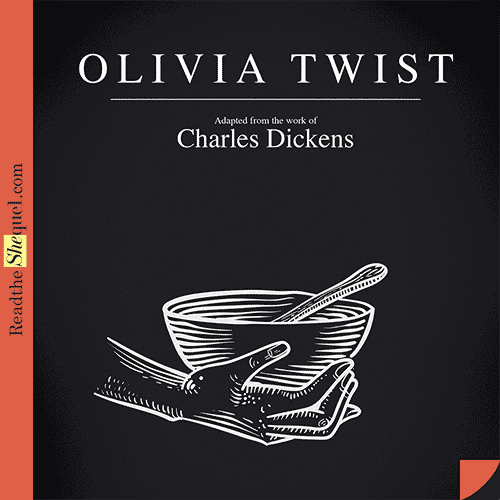
Given the importance of the #MeToo movement at the time, the creative team was immediately on board with the idea. I also took a lead role in directing the creation of digital assets that aimed to inspire readers and upcoming writers to include more female characters in leading roles.
As part of this effort, we rewrote and printed a limited edition of Jules Verne's "Around the World in 80 Days" with a new heroine named Phoebe Fogg. We printed 1,000 copies of the book and donated them to the Dallas Independent School District, where they now reside in the libraries of Dallas schools.
You can read "The Adventures of Phoebe Fogg in Around the World in 80 Days" here.


Deja tu Huella
Transforming a playful Super Bowl moment into a cultural movement, the "Deja Tu Huella" campaign reimagined how Flamin' Hot Cheetos connects with diverse audiences. This strategic platform invites consumers to embrace their distinctive identities through the iconic red fingerprints that symbolize both the product's unmistakable character and the consumer's bold self-expression.
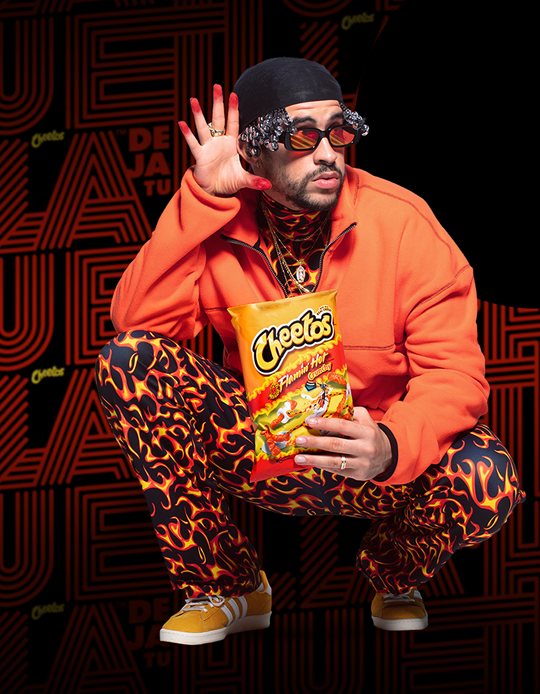

As the creative strategist behind this campaign, I spearheaded the development of a groundbreaking creative platform for Flamin' Hot Cheetos that successfully bridged Hispanic audiences with general market consumers. Our journey began with MC Hammer's iconic "Can't Touch This" Cheetos Super Bowl commercial—a perfect springboard for innovation. While the original commercial playfully discouraged interaction, we flipped the narrative completely, developing the strategic insight to encourage meaningful engagement rather than distance.
"Deja Tu Huella" (Leave Your Mark) emerged as our powerful bilingual rallying cry, creating a culturally resonant concept that celebrated authentic self-expression and formed an emotional bridge between consumers and brand. The platform we built invited people to embrace their uniqueness and make bold impressions on the world, symbolized by the distinctive red fingerprints that Flamin' Hot Cheetos leave behind—visual proof of the brand's unmistakable identity and the consumer's personal statement in a way that resonated across diverse audiences.


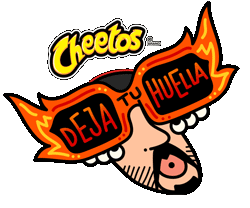

LitBaits
This subversive digital campaign cleverly exploits the mechanics of clickbait to promote literature rather than disappointment. By repurposing Medium's metadata architecture and utilizing public domain books, we created a digital sleight-of-hand that transforms the frustration of deceptive headlines into an unexpected literary encounter—turning internet users' curiosity into meaningful engagement with classic texts.
One afternoon, Raul Mendez approached me with an innovative project. He had been tasked with adapting his personal experiment into a formal campaign for one of the agency's clients.
Raul had been creating landing pages on Medium that leveraged the platform's metadata to entice users with clickbait links. Once clicked, visitors discovered they had fallen into a deliberate trap—a meta-commentary on digital deception. We had the client and platform in place, but needed compelling content. I suggested utilizing public domain books as our solution. Raul downloaded a free eBook, transferred the entire text to Medium, published it—and it worked perfectly.



This clever bait-and-switch campaign was born with a simple yet powerful tagline: "You fell for the bait, now fall for the book".

Petsmart
We developed the "Groomed With Love" campaign for PetSmart to build trust with their professional groomers while attracting new customers through heartwarming content featuring shelter dogs. Our strategic storytelling showcased PetSmart's commitment to animal welfare while driving appointment bookings for this major pet retailer.


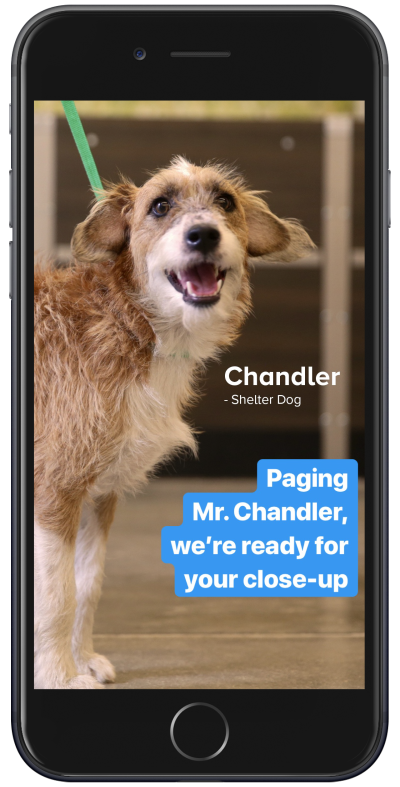



At the time, the agency needed a Creative Director for this account to handle the brand's digital marketing strategy. With my extensive background, I was identified as an ideal candidate for the role. The primary challenge was building trust between the brand's professional groomers and their clientele while attracting new pet owners to schedule grooming appointments. This strategic need inspired our campaign concept: "Groomed With Love."
To execute this vision, we developed a comprehensive content series featuring intimate video portraits, authentic interviews, and professional photography. These assets were strategically repurposed across Facebook advertising and organic social channels to create meaningful connections with the brand's target audience, highlighting the personal care and attention each pet receives during their grooming experience.

Prototyping
Innovation is about more than just creating novel solutions—it's about transforming organizational culture and delivering concrete business results.

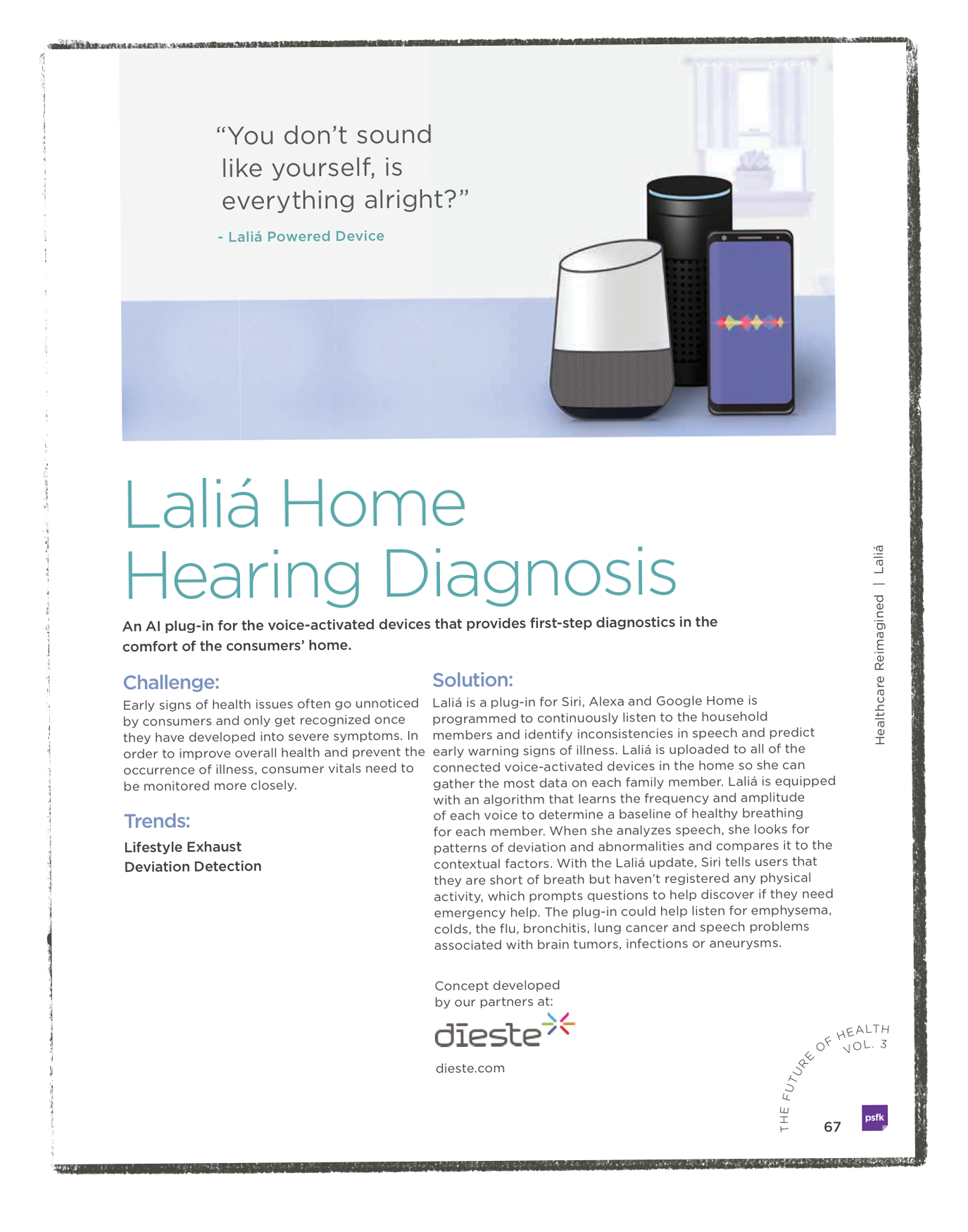
I joined Dieste Inc after working at Ogilvy where I had developed digital creative strategies and instilled innovation culture into campaigns. My passion for innovation proved valuable at Dieste, helping the agency position itself as a culturally and technologically relevant agency in a rapidly changing marketing landscape.
This innovation-focused approach yielded impressive results: multiple advertising festival awards and invitations to publish two white papers for the prestigious PSFK think tank ("Future of Retail" and "Future of Health"), positive PR coverage, and several project leads—all without requiring additional scope of work.


For PSFK's "Future of Retail" report, we developed a shopping cart assistant concept designed as a mom's best shopping companion, while also contributing to their "Future of Pharma" report with a personal assistant providing preventive diagnoses based on voice pattern analysis and biometric indicators—demonstrating how fostering an innovation culture doesn't just drive creativity and problem-solving, but makes agencies more competitive while improving talent retention and employee morale.

Lola The Mutt
I got hooked on voice tech right when it was taking its first baby steps, and saw how it could bridge people and brands in exciting new ways. This led me to create Lola, a virtual puppy that makes pet adoption knowledge both fun and accessible.

Captivated by voice interaction technology in its infancy around 2016-2017, I closely followed Amazon's pioneering work with Alexa. During this revolutionary period when voice assistants were just emerging in consumer homes, I recognized their potential for connecting humans with brands but identified a limitation: users needed to manually download voice apps.
When Google Assistant entered this nascent market shortly after, it offered a game-changing advantage: approved apps became instantly accessible to all Google Home users through simple voice prompts like "Hey Google, let me talk to Lola the Mutt."
During this early experimental phase of voice technology, we applied this cutting-edge capability to our pro bono client, Dallas Pets Alive, creating Lola—a virtual puppy-in-training that engages users through games and trivia about responsible pet ownership. Lola empowers potential pet parents with knowledge for successful adoption while showcasing actual Dallas Pets Alive profiles.